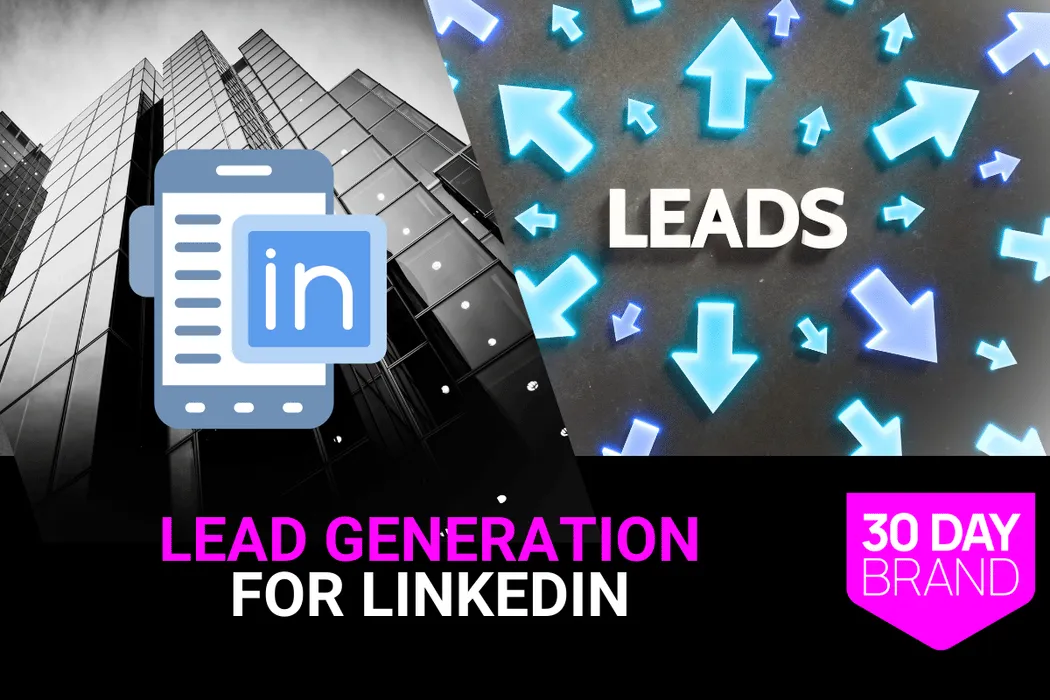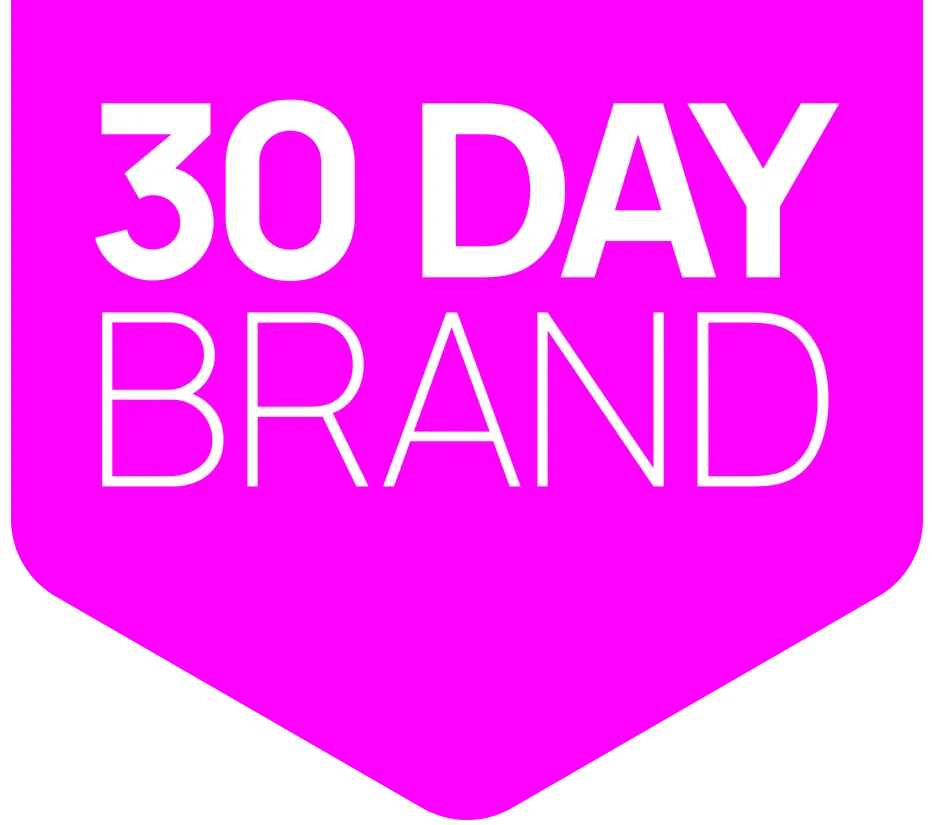
LinkedIn Lead Generation: Turning Connections into Real Business
Quick Definition
LinkedIn Lead Generation = The process of identifying, attracting, and converting potential customers on LinkedIn into paying clients. It's not about collecting connections; it's about creating conversations that lead to conversions.
The Struggle is Real
I get it. You've polished your LinkedIn profile until it shines. You're posting consistently. People are liking and commenting. But at the end of the month, your client list looks exactly the same. Sure, LinkedIn drives most B2B social leads, but if you're like most people, you're stuck wondering why none of those leads are turning into actual business. This is where your overall LinkedIn marketing strategy needs to connect the dots. Let's fix that.
Know Your People
First things first - who are you actually trying to reach? Not just "business owners" or "CEOs," but real people with specific problems you can solve. What keeps them awake at 3 AM? Which LinkedIn groups do they hang out in? Get specific here - it makes all the difference. This is where your clear business messaging becomes critical.
Connect Like a Human
Forget mass-adding people. Try this instead:
Pick your dream companies (10-20 is plenty)
Find the actual decision-makers (3-5 per company)
Get on their radar by engaging with their stuff first
Send a connection request that proves you're not just copying and pasting
Master Your Messages
Here's the thing - nobody wants to be sold to right away. Instead:
Actually thank them and ask about their work (yes, really)
Share something useful they'll care about
Wait until you're having a real conversation before suggesting a call
Use Sales Navigator (It's Worth It)
If you're serious about this, get Sales Navigator. It's like having a metal detector for finding perfect clients. Expensive? Maybe. Worth it? Absolutely. This is a key part of any serious LinkedIn marketing for B2B effort.
Follow Up (Without Being That Person)
Look, most people need to hear from you several times before they'll bite. Keep track of who you're talking to and when - whether that's in a simple spreadsheet or fancy CRM. Just stay organized and consistent. For measuring your success, check out our guide on LinkedIn marketing ROI.
Ready to Turn Connections into Real Business?
You now have a complete system for LinkedIn lead generation. You know how to find your ideal clients, how to connect with them, and how to turn those connections into conversations. But a system is only as good as the person who executes it.
Here's what to do right now:
Step 1: Start with our FREE Brand Message Analyzer Tool to double-check your profile message and make sure it's clear and compelling.
Step 2: Make your hit-list of companies and contacts. Identify your 10-20 target accounts and the 3-5 key decision-makers at each account.
Step 3: For a comprehensive system that integrates your lead generation with your overall LinkedIn strategy, explore our proven SCALE System if you want the full playbook.
Step 4: When you're ready for expert backup to help you build and execute a LinkedIn lead generation system that delivers predictable results, book a call with our team.
Bottom line? LinkedIn's just a platform. What matters is how you use it to build actual relationships with real people. Do that right, and the business will follow.
FAQ
How many connection requests should I send per day?
Focus on quality connections (5-10 per day is plenty). LinkedIn has limits, but you shouldn't be hitting them anyway. Quality beats quantity every time.
What's the best way to follow up with prospects?
Add value when you follow up. Don't just send "checking in" messages. Share something useful they'll actually care about - an article, insight, or case study that's relevant to their world.
Should I use automation tools?
Be careful with automation - LinkedIn's cracking down. If you use tools, make sure they're reputable and you're not spamming people. Personal touch still wins.
How do I know if my lead generation is working?
Track your metrics: connection acceptance rate, response rate to messages, and most importantly, how many conversations turn into actual calls or meetings. If you're not seeing progress after 30 days, adjust your approach.










